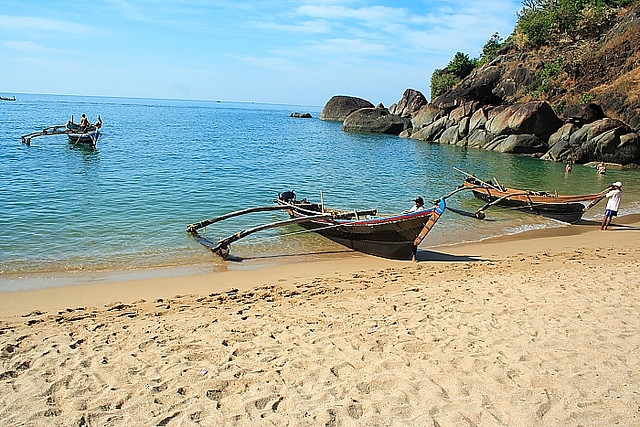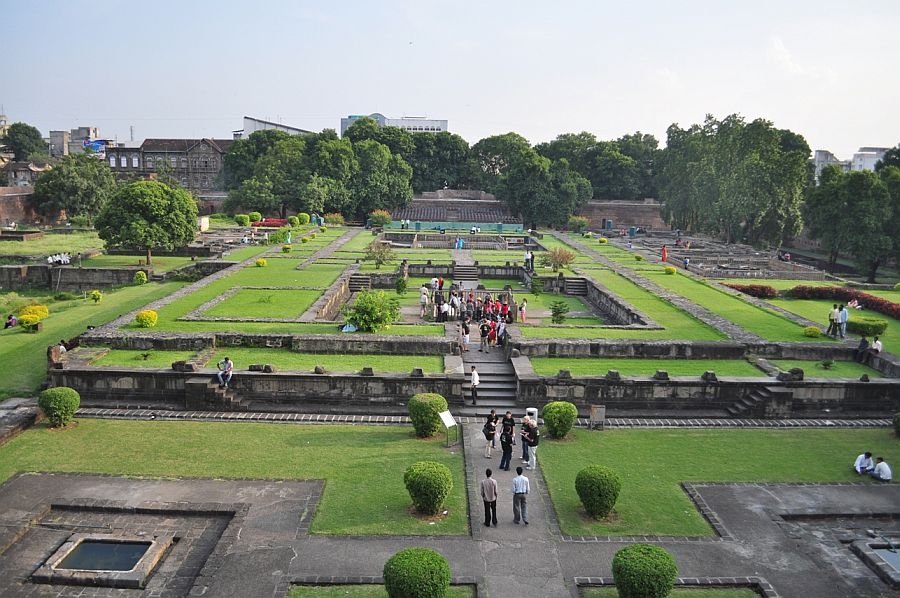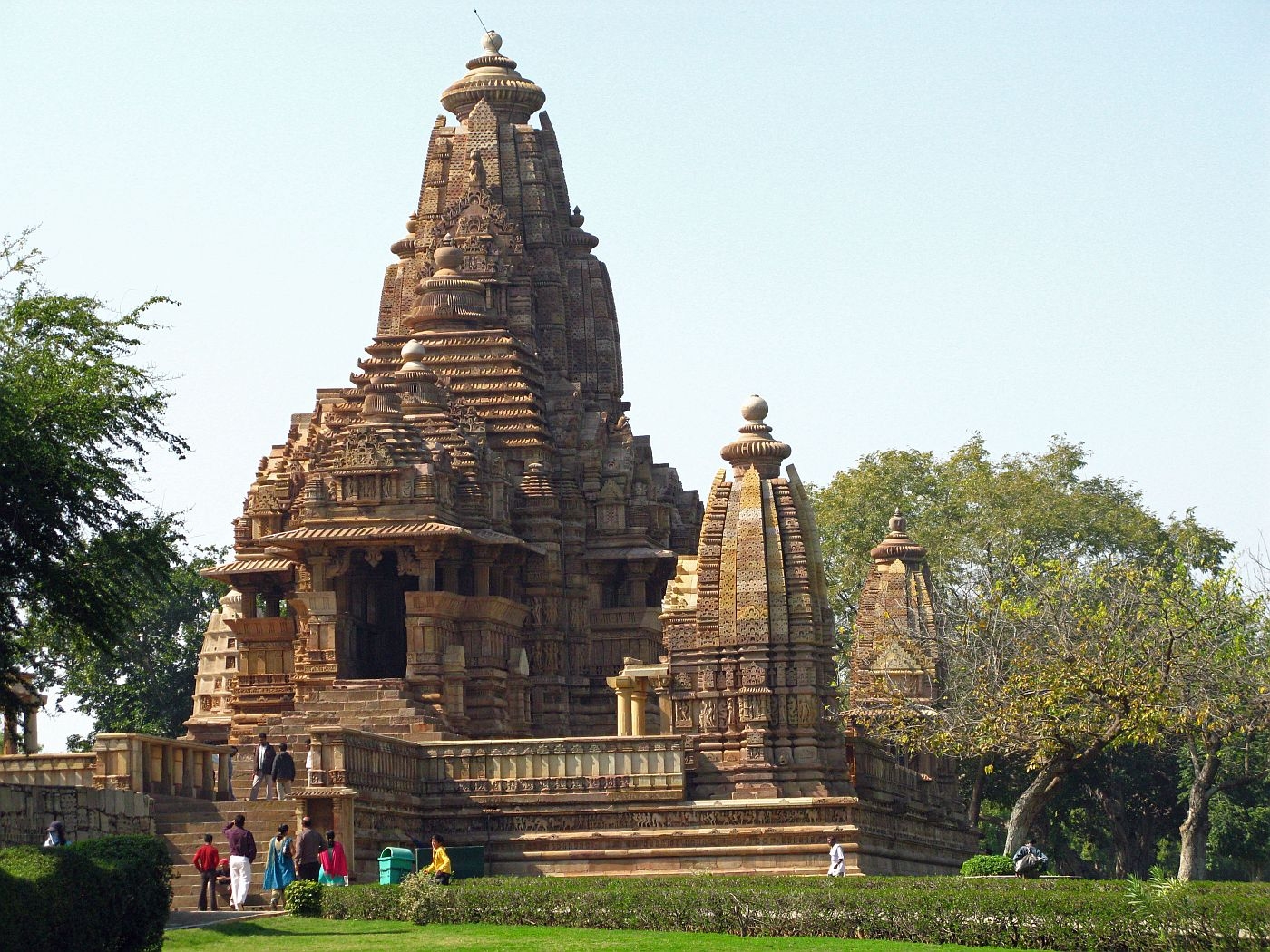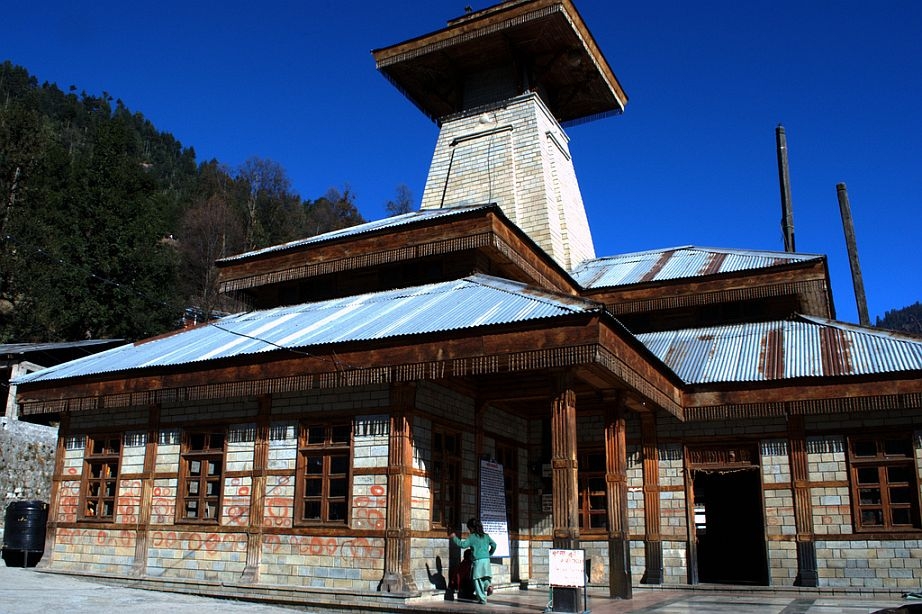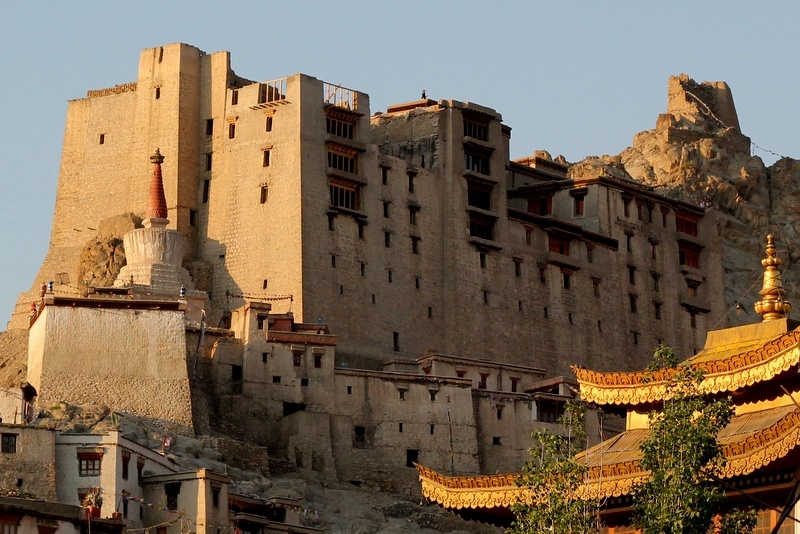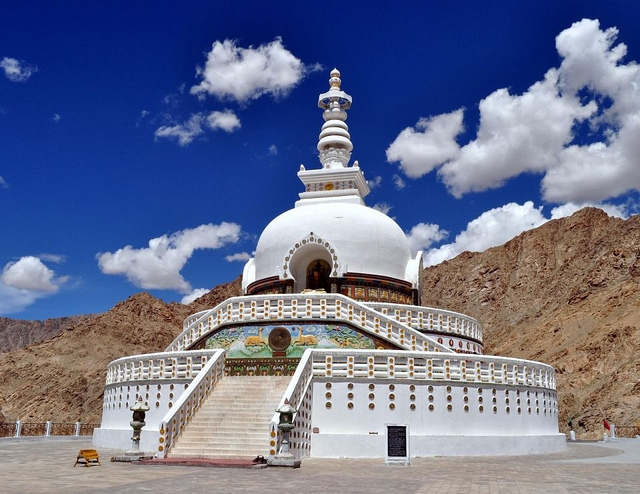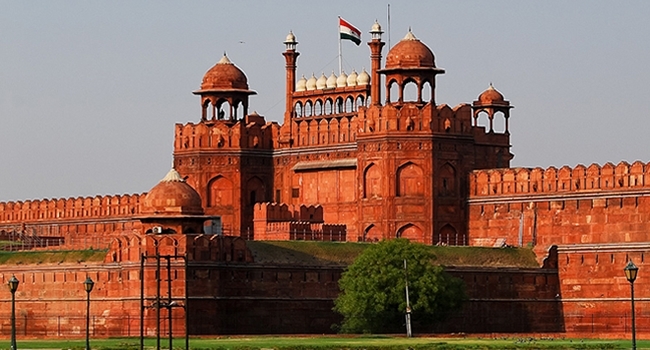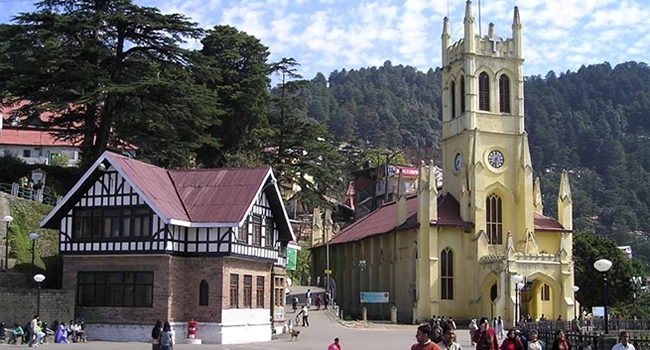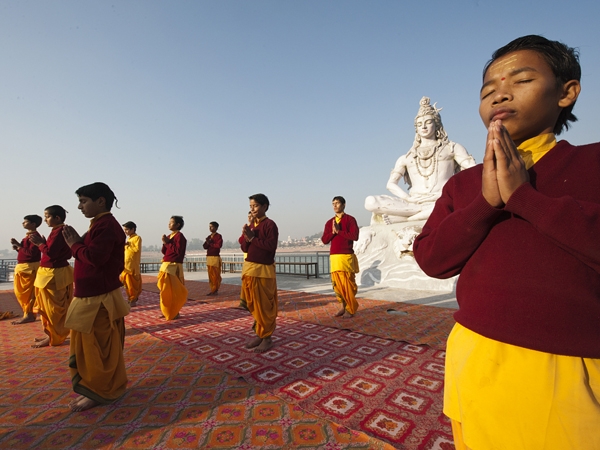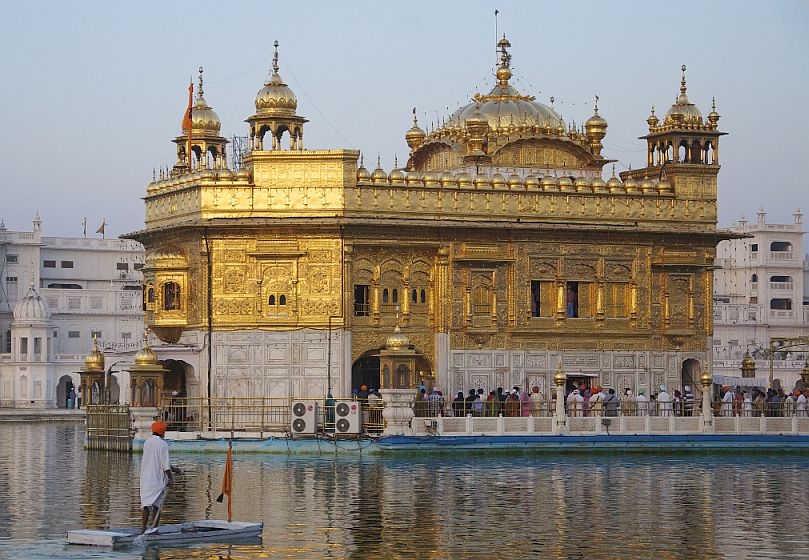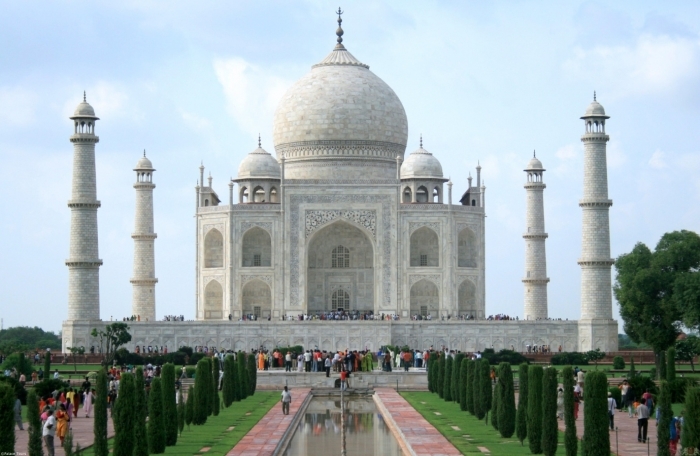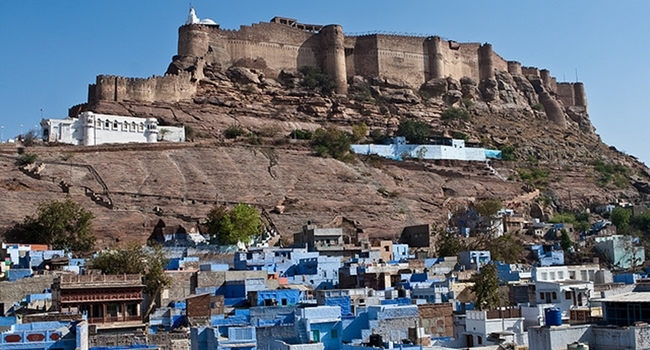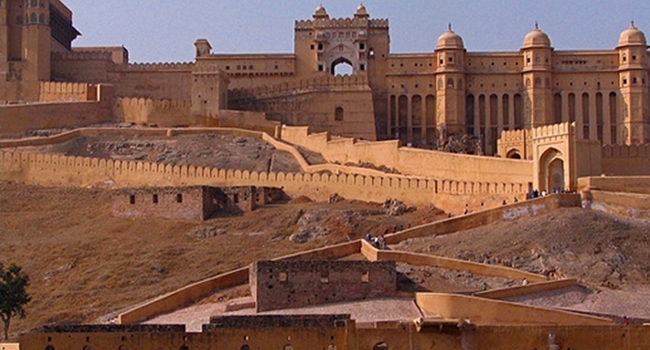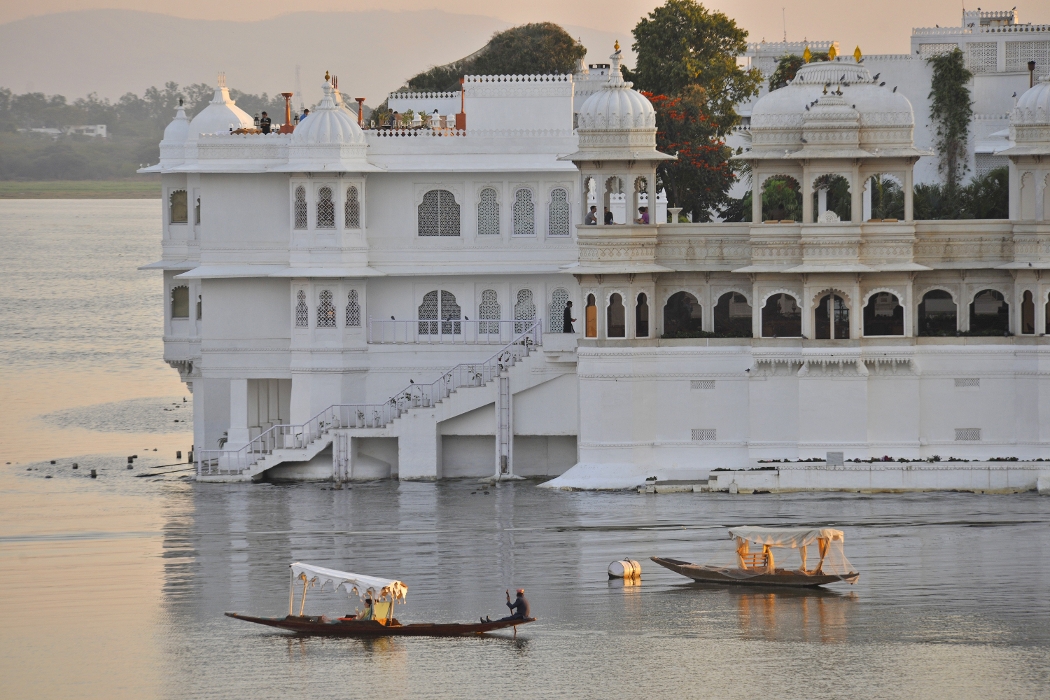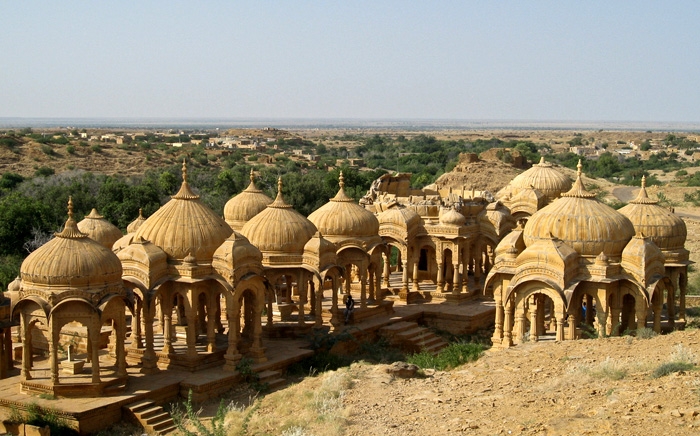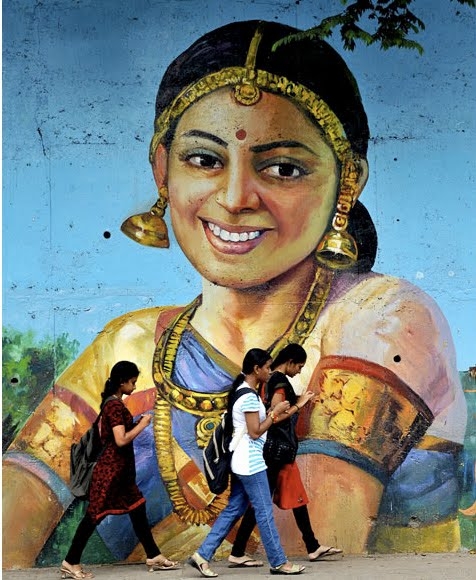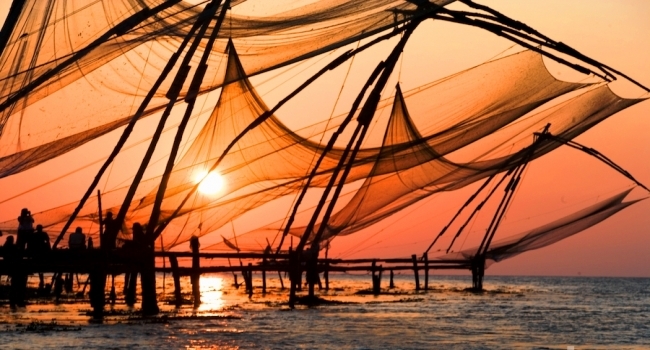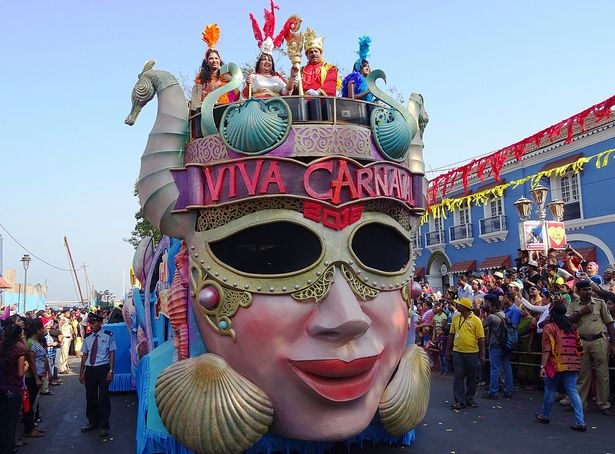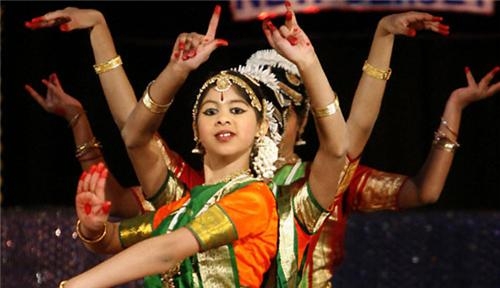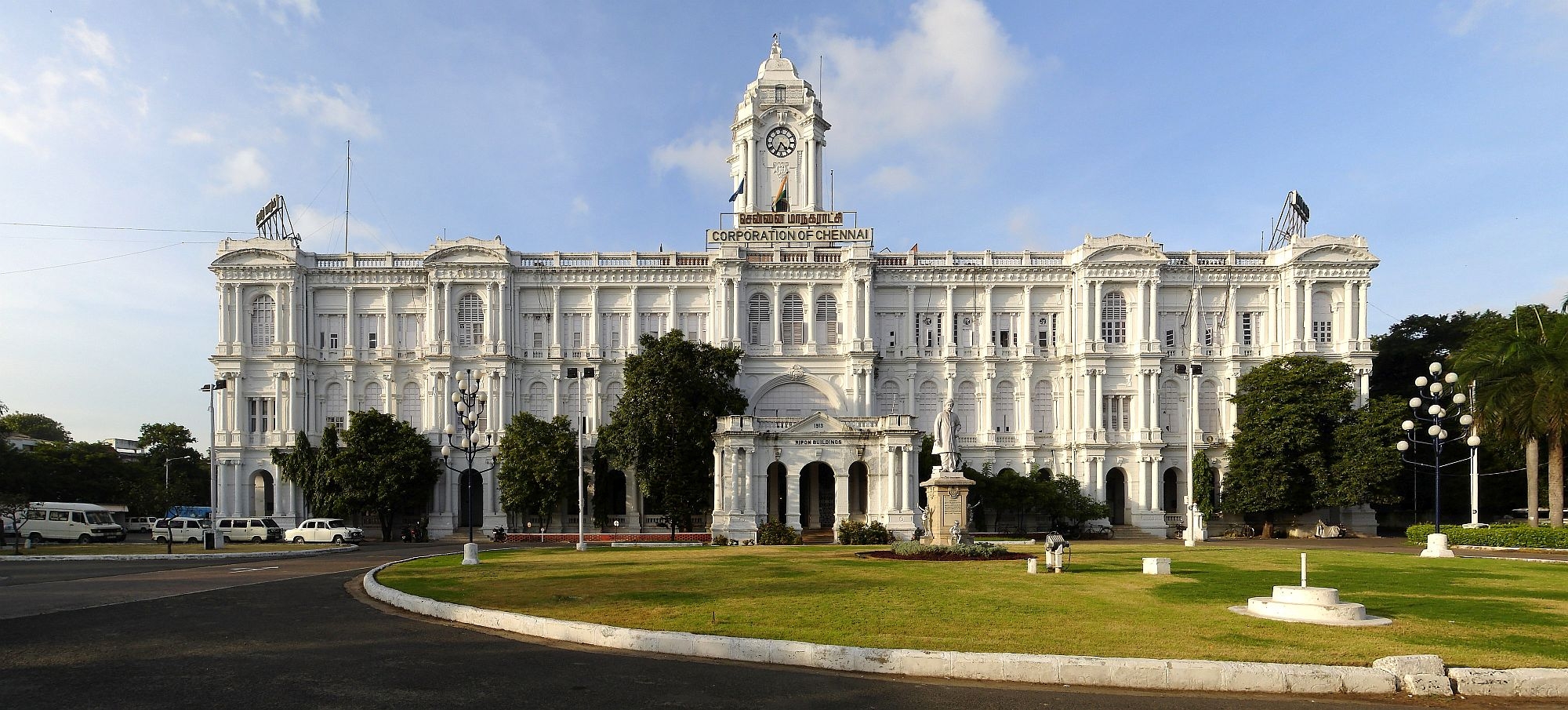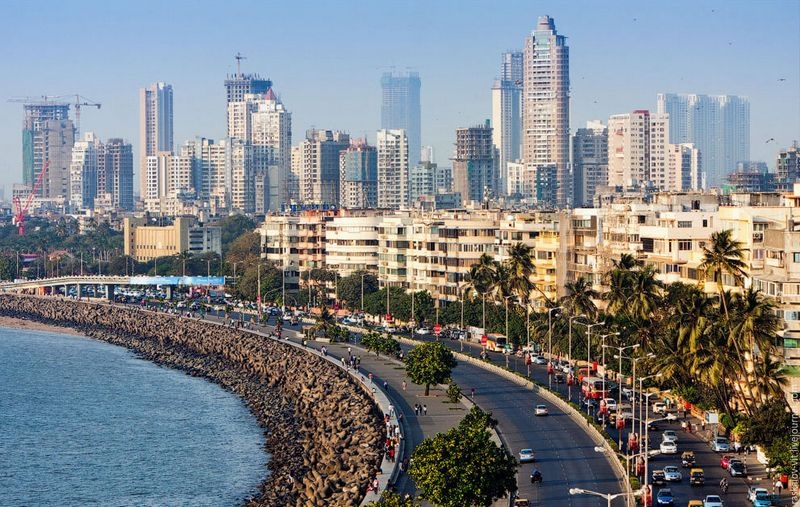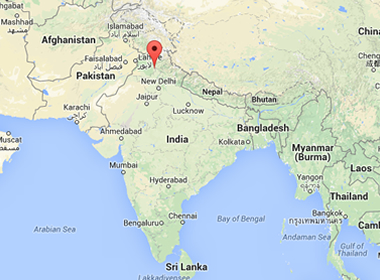
Indian cuisine is a wonderful amalgamation of a huge variety of regional cuisines, famous for its heavy use of spices. Foreigners might find Indian food too “hot“.The degree of spiciness, though, varies greatly across the country. For example, food from Andhra Pradesh is almost too fiery while Gujrati cuisine is a lot milder.
India is also famous for its large variety of street food and its something you definitely should try. But start slow – it could be a while before you get used to the heat in the food.
You will be surprised to find that Indian cuisine is vastly different to the one served in most Indian restaurants back home.
Throughout the North, you will find a huge variety of regional cuisines. “Tandoori chicken” is probably the best known North Indian dish, cooked in a “tandoor” (clay oven fired by charcoal). North Indian curries usually have thick, moderately spicy and creamy gravies. “Roti" (bread), “Naan” (bread baked in tandoor), “Sheekh Kebab” (minced meat on iron skewers), “Chicken Tikka” (small chunks of marinated and grilled chicken), “Butter Chicken”, “Aloo Muttar” (curry made with potatoes and peas), “Samosa” – are all popular dishes in the North.
While visiting the state of Punjab, one should try “Dal Makhani” (black lentils and kidney beans in a rich, buttery gravy), “Sarson Da Saag” (stewed mustard greens) along with “Makki Di Roti” (maize flatbread) and “Shahi Paneer” (Indian cheese in a rich gravy). Himalayan cuisine, found in the upper reaches, is mild but heavy on meat at the same time. Kashmiri cuisine uses a lot of meat. “Roghan Josh” (a lamb-based curry preparation) is a famous dish belonging to this region. “Yakhni”(yogurt-based mutton curry) is another well-known dish which is flavoured using bay leaves, cardamom seeds and cloves. Usually, people drink “Kahva” tea (boiled green tea leaves flavoured with saffron, cardamom etc.) instead of a dessert course.
Genuine Mughalai cuisine, inspired from the gastronomy of the Mughal Empire, is still loved and savoured, especially in the old Mughal cities of Agra, Delhi and Lucknow and consists of dishes such as “Biryani”(a rice dish made with spices and meat/vegetables), “Korma”(meat/vegetables braised in spiced gravy) and “Butter Chicken”.
South Indian cuisine is majorly rice-based. A typical plate here consists of “Sambhar” (vegetable lentil chowder) with some rice, “Rasam” (peppery soup) and mixed vegetable, all served on a banana leaf. Curry leaves, mustard seeds, fenugreek seeds and tamarind form an integral part of the flavours of the South. A lot of coconut and fish is used in the coastal areas. While visiting South India, one should try “Dosa”(crispy, thin pancake with spiced vegetables), “Idli” (steamed cake of rice and lentils) and “Vada” (basically a savoury donut). Chettinad and Hyderabadi cuisine is generally spicier and uses a lot of meat. The beverage of choice for most people in the South is Indian Filter Coffee which is a milky, sweet coffee made from a mixture of roasted coffee beans and chicory.
On your journey to India‘s West you shall encounter an eclectic mix of cuisine groups. Rajasthani food is packed with strong flavours and great textures while Gujarati cuisine is predominantly vegetarian and usually on the sweeter side. Gujarati snacks – “Dhokla” and “Khakra” – should be tried for sure. The city of Mumbai is famous for its street food (most of all for the ubiquitous “Vada Pav“) and its special cutting “Chai” which basically is a small glass of masala tea. Goa and Maharashtra are renowed for their seafood which is usually simply grilled or fried. An interesting fact about Goan cuisine is that it uses quite a bit of pork – something that is unheard of in the rest of India. Goa is also where “Vindaloo“ originated, though its not something common in India itself. “Feni” is a type of alchohol made exclusively in Goa, either from cashewnuts or coconuts. While traveling to Western India, try the “Pav Bhaji” (thick vegetable curry with bread), “Pooran Poli” (sweet flatbread) and “Dahi Vada” (fried lentil balls dipped in yogurt and tamarind sauce).
East Indian cuisine relies heavily on rice and fish. Bengali cuisine is famous for the complexity in its flavors and a distinct bittersweet balance. A type of buttermilk “Mohi“ is served with vegetarian dishes.“Maccher Jhal“(fish in sauce) and “Shorshe Ilish“(fish in mustard seed gravy) should be tried out here. Desserts belonging to this part of the country are extremely famous and there is immense variety to be found too– from the famous “Rasgulla“ to “Gulab Jabun“ and “Sondesh“.
Most international cuisines are available too, with a spicy Indian twist. From Indian Chinese to “Paneer-Tikka“ pizzas to “Masala Tacos“, you will find it all here. And while it may be unrecognizable to those belonging to the land of the dish‘s origin, the Indian versions are definitely worth a try.
In a land like India, the cuisine doesn't only change with each state but with each region and locality too. The country is an adventurous foodie‘s paradise and what makes this journey even more amazing is the fact that not only do Indians love their food, they love sharing it even more. If there is culinary nirvana anywhere in the world, it is right here in India.
Most Popular Destinations |










